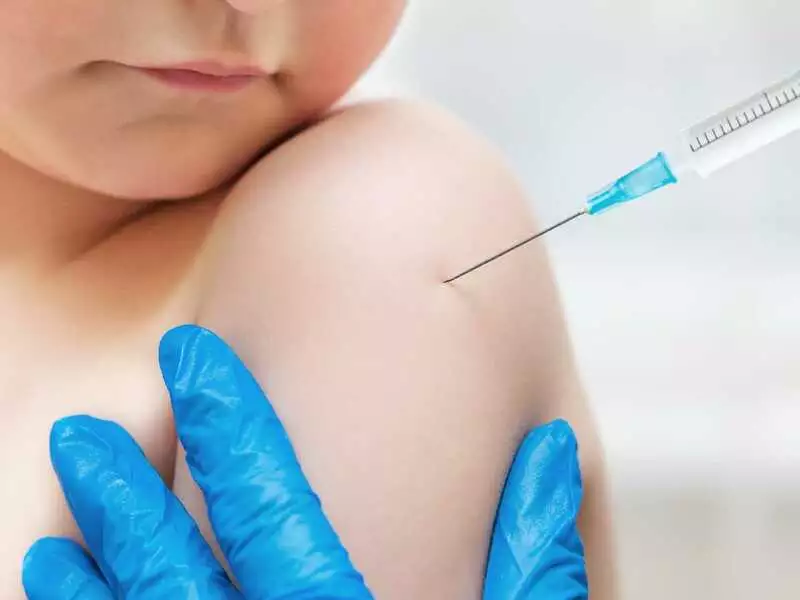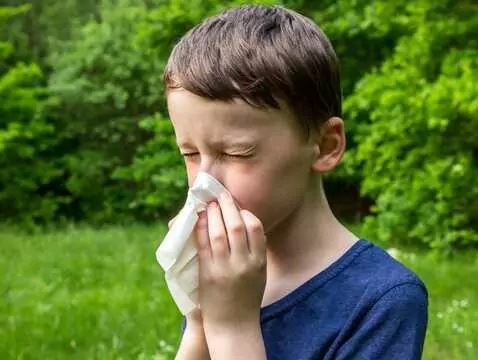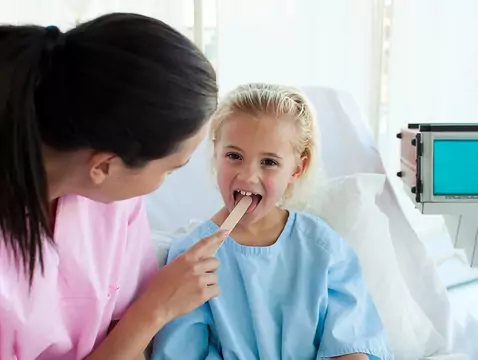Neuroinfections are the common name for infectious diseases of the nervous system, of which meningitis and encephalitis are the most common in children. Due to the difficulty of contact, especially with young children, the initial symptoms of neuroinfections can easily be mistaken for other trivial infections. Paediatricians must always be very diagnostically vigilant, as delaying the inclusion of treatment can have serious consequences. Fortunately, the production of vaccines and their introduction into the vaccination calendar helps to minimise the risk of children becoming ill.
Treatment of neuroinfections in children
The form of treatment for neuroinfection depends on the cause of the infection. If we are dealing with bacterial meningitis, which is a life-threatening condition, it is crucial to start antibiotic therapy as soon as possible, as soon as the fluid is collected and even before the test results are received. This approach minimises the risk of complications. Initially, an antibiotic is included, acting on the typical pathogens causing the infection. Once the result has been received and the specific cause of the infection has been determined, the medication can be changed, if necessary, to one that targets the microorganism in question.
For viral infections, treatment is symptomatic. Fever and pain are managed and the patient is hydrated. The exception is encephalitis caused by herpes viruses, where the antiviral drug, acyclovir, is also included in the treatment.
In addition, irrespective of the cause, glucocorticosteroid treatment is included to reduce inflammation and, according to studies, reduce the risk of complications. In the course of neuroinfection, cerebral oedema is also common, resulting in a life-threatening increase in central cranial pressure. Therefore, anti-oedematous treatment with mannitol solution or furosemide is also usually included. If the infection is accompanied by convulsions, anticonvulsants are also administered. Depending on the course of the infection, follow-up lumbar punctures are performed.
Complications of neuroinfection
In cases of meningitis, complications are most common if the cause turns out to be bacterial. The main complication is the spread of the infection to the brain and the development of encephalitis. In addition, abscess formation, post-inflammatory hydrocephalus and permanent damage to the cranial or spinal nerves can occur, which will result in paresis and paralysis.
With encephalitis, the sequelae may include post-inflammatory epilepsy, which is most often refractory to treatment, mental retardation, permanent paresis and paralysis, as well as behavioural disorders and chronic headaches.
How to prevent neuroinfections?
The most important form of prevention of neuroinfections is vaccination. Unfortunately, the activity of the anti-vaccine movement, contributes to an increase in the percentage of unvaccinated children, which endangers not only them, but also vaccinated children. Most often, vaccines only reduce the risk of infection or mitigate the course of a possible disease. If an unvaccinated child becomes ill, it can infect children who have been vaccinated according to the schedule.

photo: panthermedia
Compulsory vaccinations include vaccinations against Haemophilus influenzae, measles, mumps and rubella, and, from 2017, additionally against pneumococcus. On the list of recommended vaccinations, but unfortunately not reimbursed by the Ministry of Health, are vaccinations against meningococci. If parents wish to do so and pay for the vaccine, it is possible to have their child vaccinated.
In addition to vaccines, forms of post-exposure prophylaxis are also available. If a child is diagnosed with, for example, a meningococcal infection or an infection caused by Haemophilus influenzae, a prophylactic dose of antibiotics is administered to persons in the close vicinity (household members, other children from the nursery/pre-school) who have had contact with the sick person. This form of chemoprophylaxis does not apply to children who have been vaccinated with the entire Haemophilus influenzae vaccination series.









